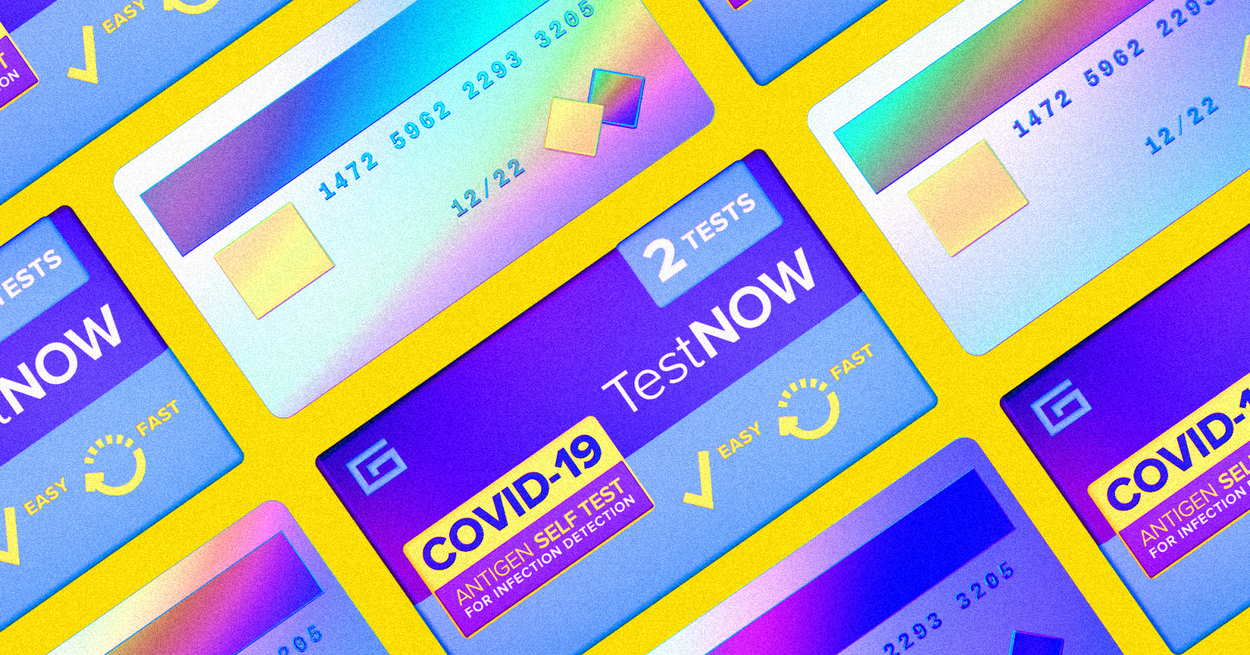When I asked my insurer to pay me back for eight COVID tests, the last thing I was expecting to hear was that, actually, I owed them.
In early December — when Omicron was revving into high gear and tests were scarcer than NFTs — the White House announced that private insurance companies would reimburse customers for at-home rapid tests. “This winter,” President Biden said, “you’ll be able to test for free in the comfort of your home and have some peace of mind.”
As a cynical journalist who’s written a story or two about our healthcare system’s flaws, I doubted that getting my money back would be so easy. But even I was surprised to log on after filing my claim and discover not a check, but a bill. For $43.41, to be exact.
It was, of course, a mistake on the company’s part. And to me, it was inconsequential and frankly sort of funny. But this screw-up — which would be an unaffordable burden for many people in the US — offers a revealing glimpse into how our country’s messy COVID testing strategy made the Omicron chapter of the pandemic more chaotic and dangerous. And while Omicron seems to be leveling off, my misadventure in reimbursement makes me wonder how willing we are, collectively, to learn from the past (or, more precisely, the present, as people are still dying every day) and be prepared if or when the next Greek letter hits.
On Jan. 19, the CVS down my street got a shipment of COVID antigen tests. Because these tests provide a real-time snapshot of whether you are infected within 15 minutes, they’re handy — though admittedly not infallible — for determining whether you’re contagious. Having run out during Thanksgiving and Christmas, my partner and I ran out that day and bought a total of eight FlowFlex tests for $9.99 each. Given that we’d been holed up inside for a while, trying to avoid Omicron, procuring those tests was one of the happiest things to happen to us at the time. Which is a very sad sentence to write.
On Jan. 21, I submitted a request to my insurer — Empire Blue Cross Blue Shield, which is owned by Anthem — for the total cost plus tax, $86.82. Since the federal policy had kicked in almost a week earlier, on Jan. 15, and it covered up to eight tests per month, I figured I was in the clear. (Later, I would realize that the policy technically covered eight tests per covered member, not household, and my partner, who bought four of the tests, was not on my plan, although we were spending the same money.)
A week after I’d uploaded my claim and pictures of the two receipts, I logged in and saw that the amount to be paid by the insurer was $0. My “amount owed,” on the other hand, was … $43.41. Surely I was misreading something?

